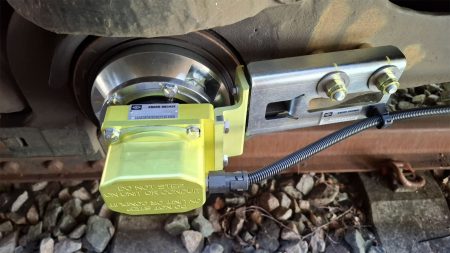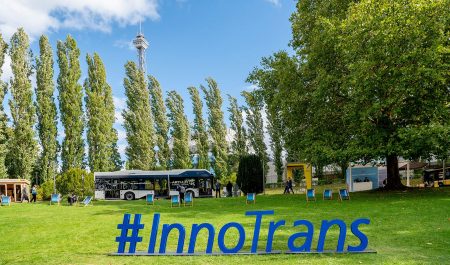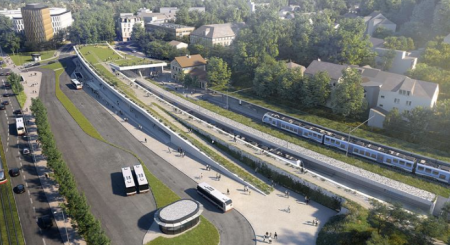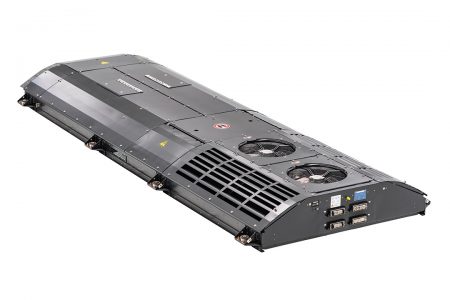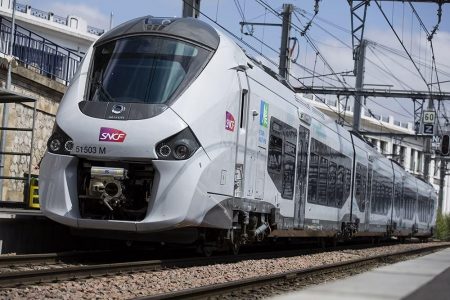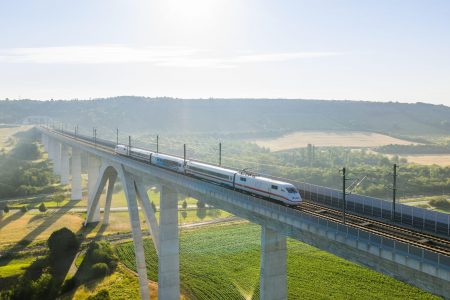The agreement sets the tone for the future of railway asset management, combining regular satellite radar data with advanced analytics to map deformation, flooding and surface changes, while building upon Network Rail’s decades of operational expertise and proven asset management processes. SatSense Ltd, a leading InSAR (Interferometric Synthetic Aperture Radar) technology specialist based in Leeds, has secured a landmark multi-million-pound, multi-year contract with Network Rail to deliver net
This content is for Premium Subscribers only. To view this content, login below or subscribe as a Premium Subscriber.
